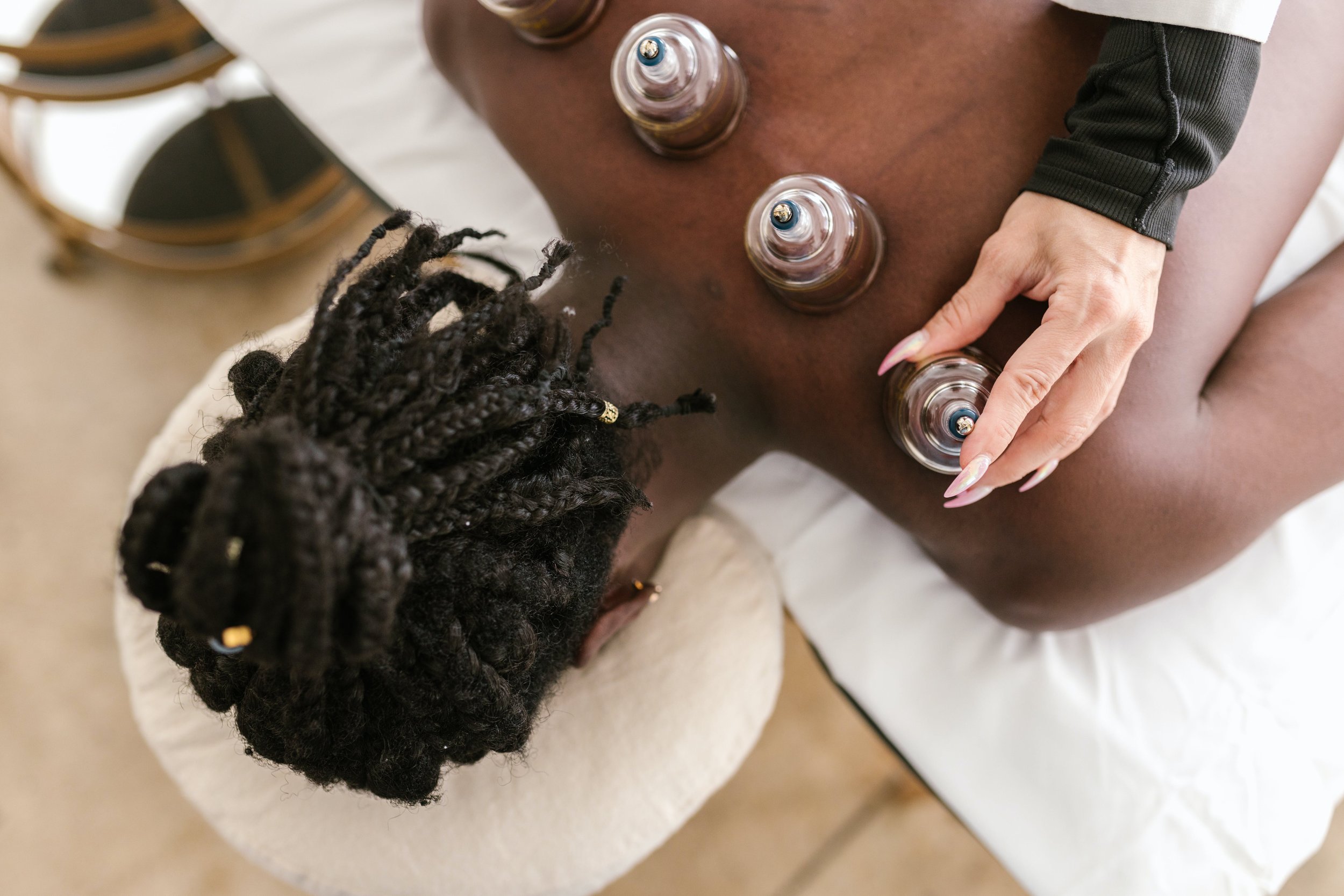
Hatha Yoga: A Brief Literature Review
Over the years, many different styles of yoga have developed, and they each offer different benefits. In the West, Hatha is one of the best-known styles of yoga and it is also one of the most thoroughly researched. One reason Hatha yoga has been studied so much is its inclusion in Jon Kabat-Zinn’s mindfulness-based stress reduction (MBSR) program, which heavily utilizes practices from the yogic tradition. Hatha yoga is considered a gentle and accessible style of yoga that incorporates breathing techniques (pranayama), physical postures (asana), and meditation (dyana).

Yin Yoga: A Brief Literature Review
Yin yoga, which is a slow and meditative style of yoga that consists of seated and lying postures that are passively held for three to five minutes (or longer), helps participants cultivate the yin type of energy (which is often lacking in Western lifestyles). Yin yoga teaches practitioners to cultivate mindfulness by becoming the non-judgmental observer of their thoughts, feelings, breath, and bodily sensations. Although many styles of yoga focus on stretching and toning muscles, yin yoga instead focuses on working with the deeper connective tissues of the body (including fascia, tendons, ligaments, joints, and bones).

What is Complementary and Alternative Medicine (CAM)?
The National Center for Complementary and Alternative Medicine (NCCAM), which is the largest government agency researching complementary and alternative medicine in the United States, defines complementary and alternative medicine (CAM) as “a group of diverse medical and health care systems, practices, and products that are currently not integrated into conventional medicine.”
